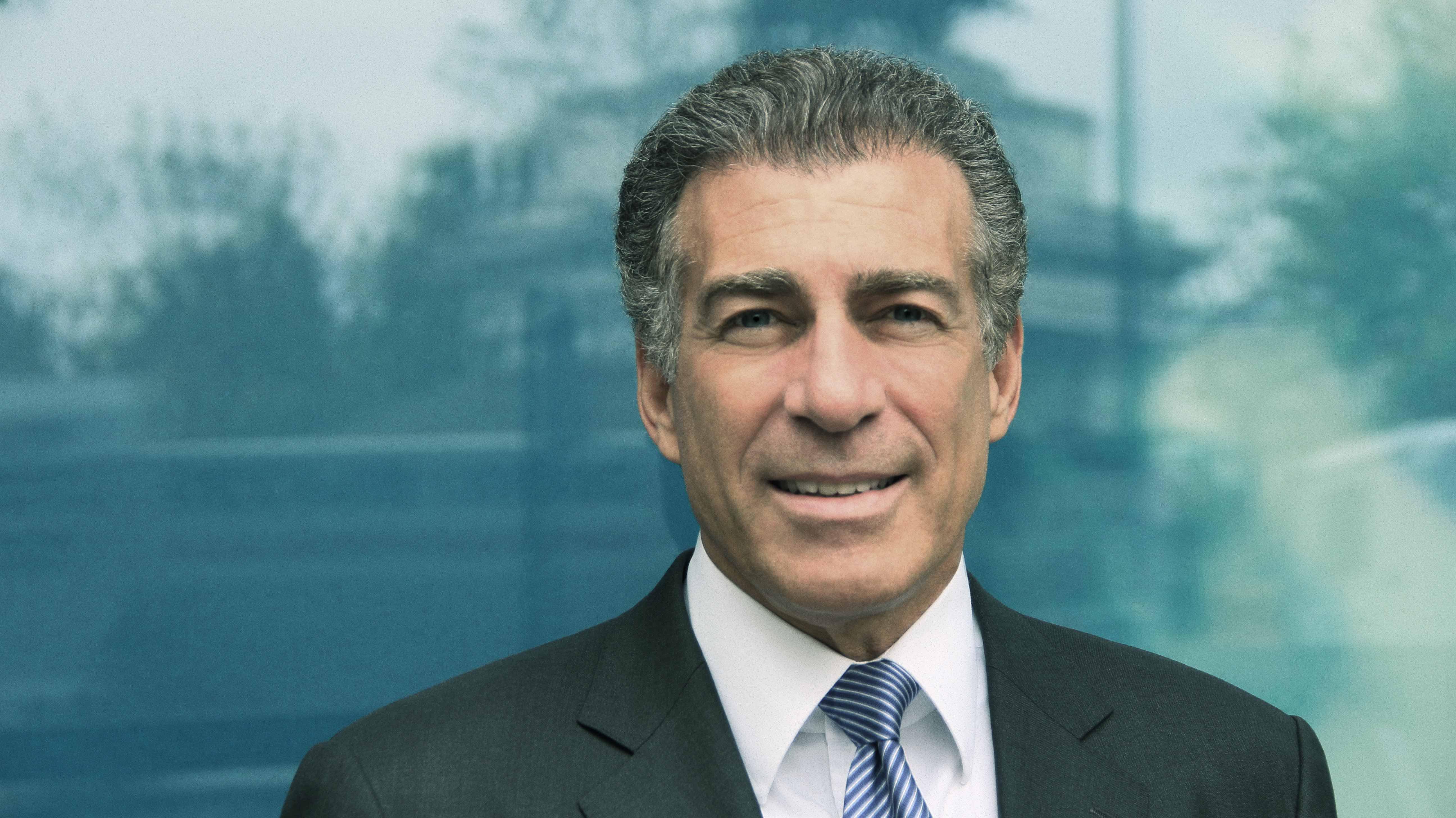
Credit: Steve Varsano
LONDON—The pre-owned business aviation market is stabilizing, OEMs will bounce back, and the influx of new customers that the sector has seen since the start of the COVID-19 pandemic provides plenty of ground for optimism, London-based aircraft dealer Steve Varsano says. But he warns that the...
Subscription Required
This content requires a subscription to one of the Aviation Week Intelligence Network (AWIN) bundles.
Schedule a demo today to find out how you can access this content and similar content related to your area of the global aviation industry.
Already an AWIN subscriber? Login
Did you know? Aviation Week has won top honors multiple times in the Jesse H. Neal National Business Journalism Awards, the business-to-business media equivalent of the Pulitzer Prizes.
